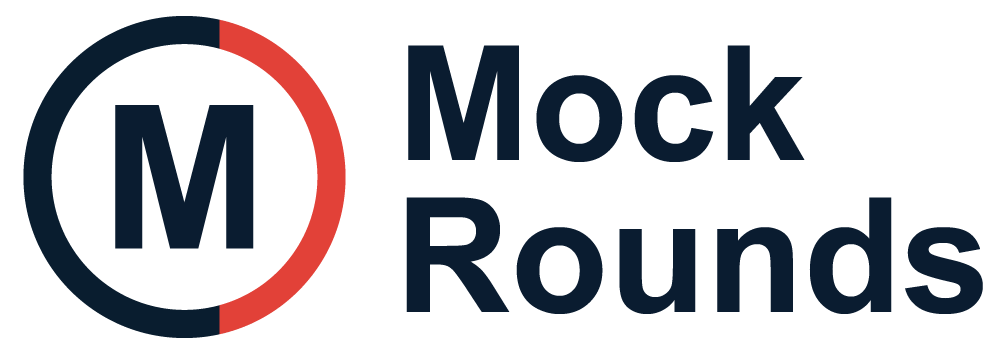| 1 |
Learn HTML, CSS, and basic JavaScript |
Build a strong foundation for all web development work. |
Write an HTML profile page (Notepad or VS Code), Style elements with CSS (set background and fonts), Practice JavaScript loops and alerts (console log) |
Personal profile page online, Basic styled web page code |
| 2 |
Build confidence with coding and testing changes |
Quick feedback helps you learn and debug faster. |
Use browser DevTools to try code changes, Add new elements (lists, images) to HTML, Make a simple calculator page (JavaScript button) |
Interactive web page (calculator or quiz), Updated profile with images |
| 3 |
Review basics and prepare for frontend frameworks |
A strong base speeds up learning new tools. |
Review and fix any HTML or CSS problems, Read about web components (React basics), Set up React in your editor (Create React App) |
Checked and corrected basics project, React project starter running |
| 4 |
Learn React and build small components |
Modern sites use component-based design. |
Create a clickable button (React component), Add and update text on click (state change), Split page into header, content, footer components |
React app with three components, Button changes content when clicked |
| 5 |
Handle forms and simple navigation with React |
Forms and navigation are common app features. |
Add form to React (user input), Show form data on submit, Set up router for multiple pages (React Router) |
Form captures and displays input, Two navigable pages in React |
| 6 |
Learn testing for frontend apps |
Testing helps catch bugs early. |
Write a test for a React button (React Testing Library), Test form submission returns correct result, Review failing tests and fix code |
Two passing React tests, Test report in project folder |
| 7 |
Set up Node.js backend and simple server |
Backend shares data between users and app. |
Install Node.js and Express, Create simple API endpoint (/hello route), Send JSON response to user |
Express server running, Returns JSON at endpoint |
| 8 |
Add database to backend and connect routes |
Storing data is core for fullstack projects. |
Connect Express app to MongoDB (cloud or local), Add route to save user info (POST request), Add route to get user list (GET request) |
User data saved and retrieved from database, Test endpoint with Postman |
| 9 |
Test backend and practice API requests |
Reliable APIs are needed for good projects. |
Write API test for save user (Jest), Test error cases (missing data returns error), Document API in README |
API test with passing result, Documented API endpoints |
| 10 |
Start building fullstack showcase project |
One deep project shows your skills and learning. |
Design project structure (React + Express in folders), Set up frontend-backend connection (fetch API data), Plan main features (user registration, login, data list) |
Showcase project folder started, Feature list in project README |
| 11 |
Add key app features: forms, state, authentication |
Common, real-life features for fullstack jobs. |
Build registration and login forms (React), Connect forms to backend (fetch API), Save user session state (React) |
Working user authentication, Users can log in and log out |
| 12 |
Test, document, and deploy the showcase app |
Deployment proves your coding and project skills. |
Add at least five feature tests (Jest, React Testing Library), Write detailed README (app setup, features, usage), Deploy app online (Vercel or Render) |
Live deployed app link, README and test badge |
| 13 |
Prepare for job search |
Presenting your work and applying gets you interviews. |
Build a simple portfolio with project link, Update your CV and LinkedIn profile, Apply to at least five entry-level jobs |
Live portfolio with showcase project, Job applications sent |
